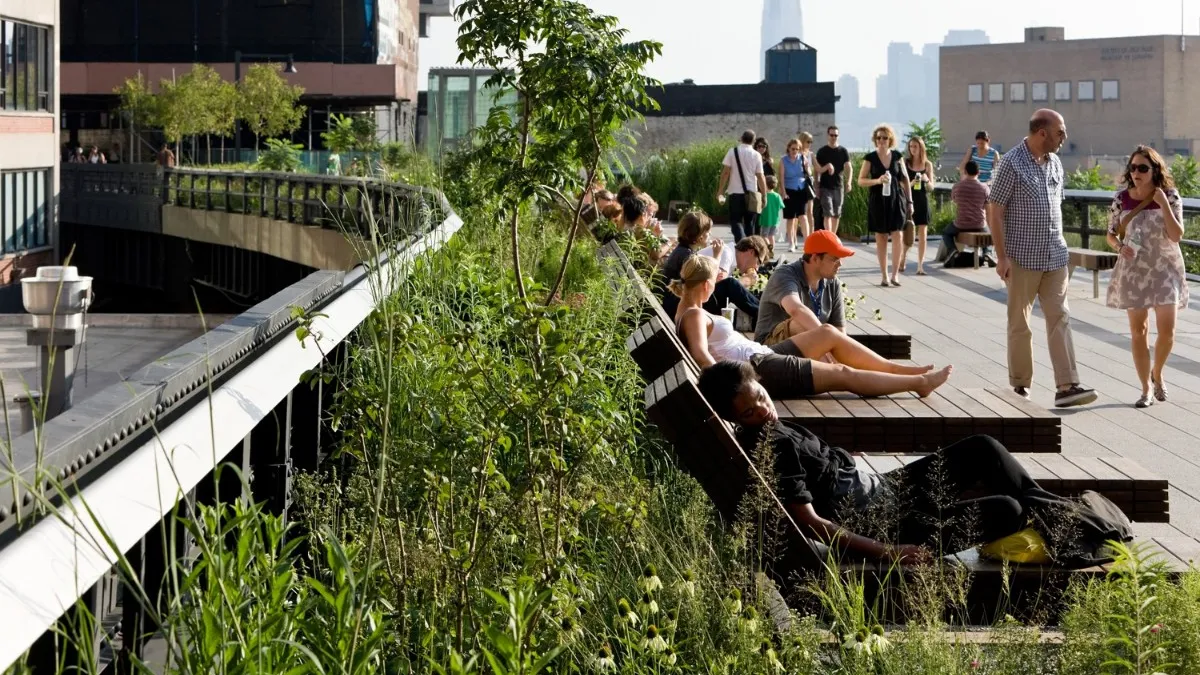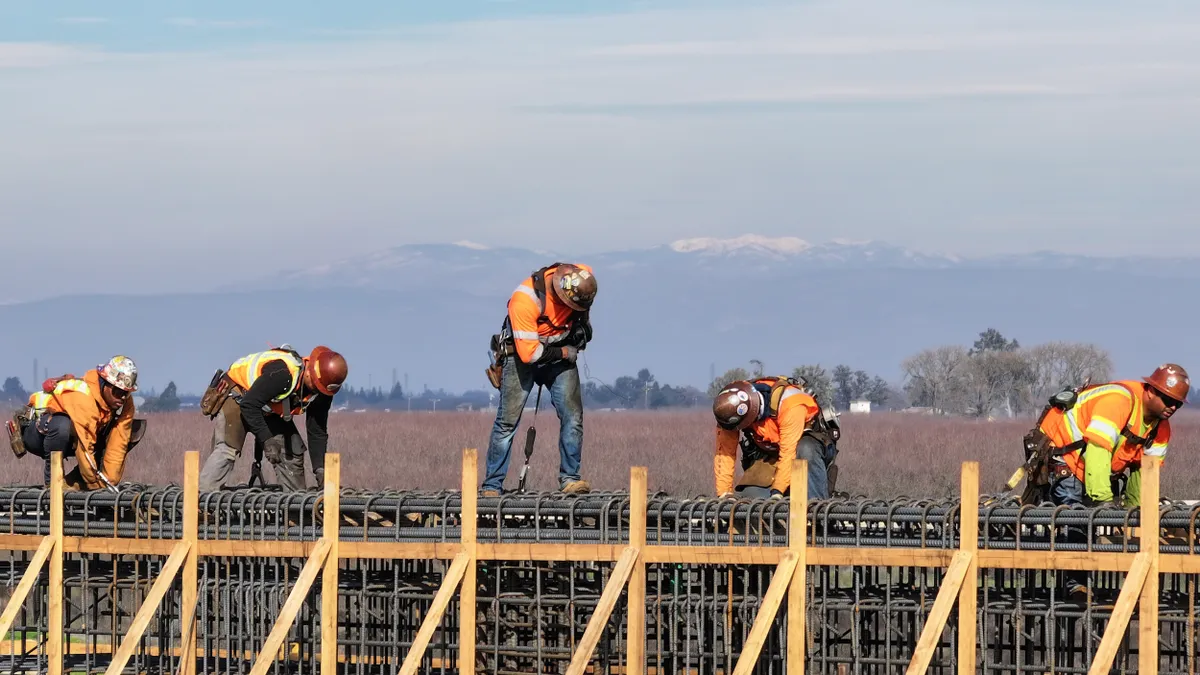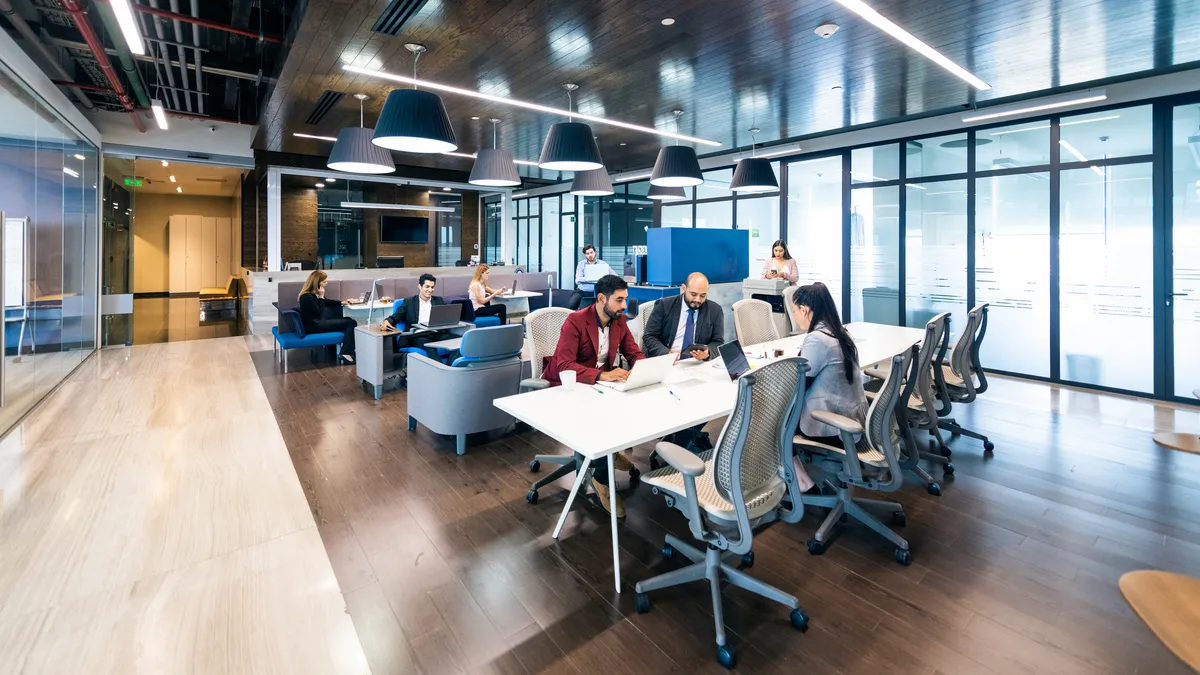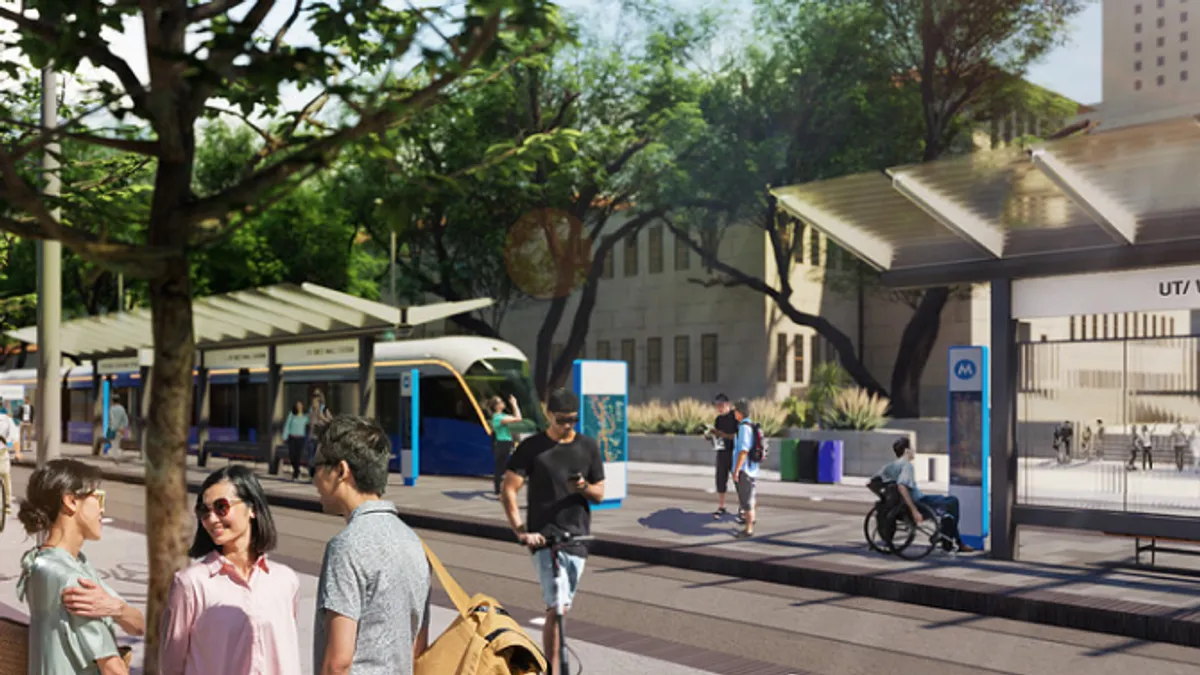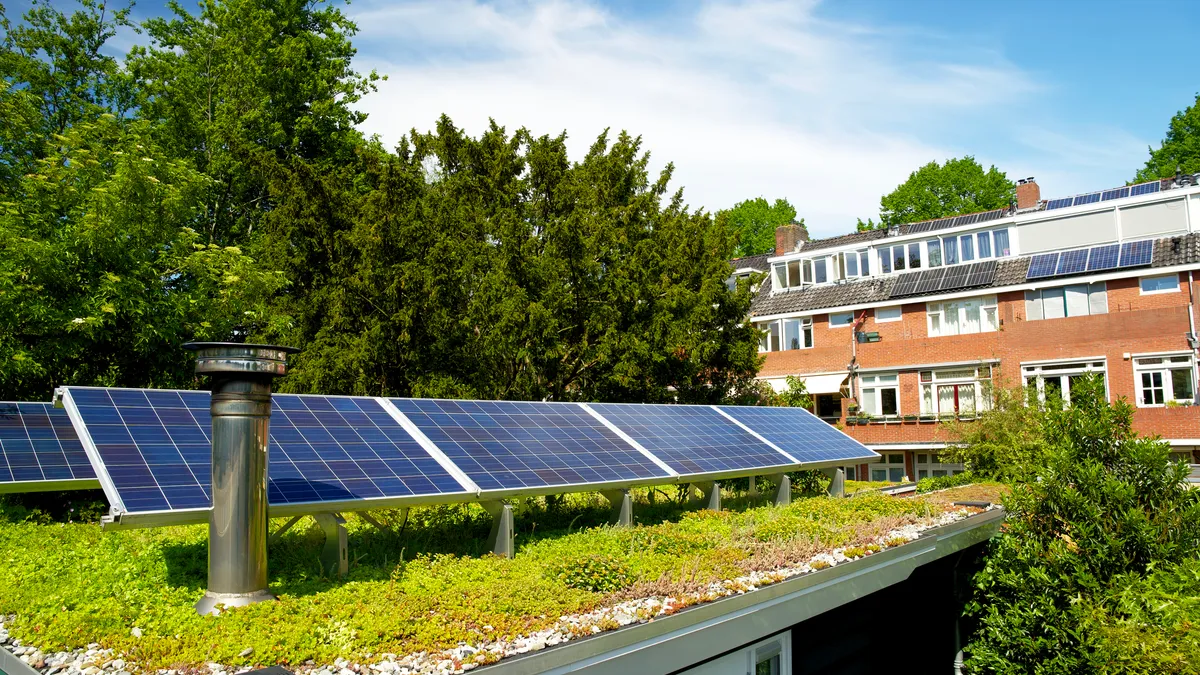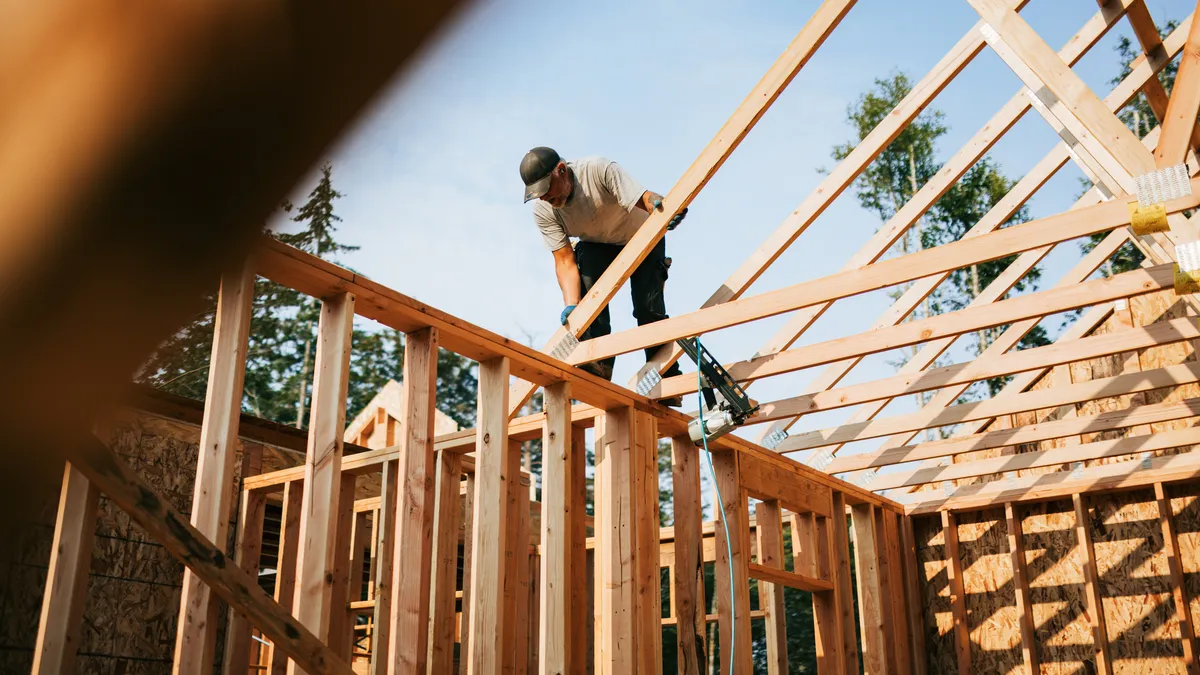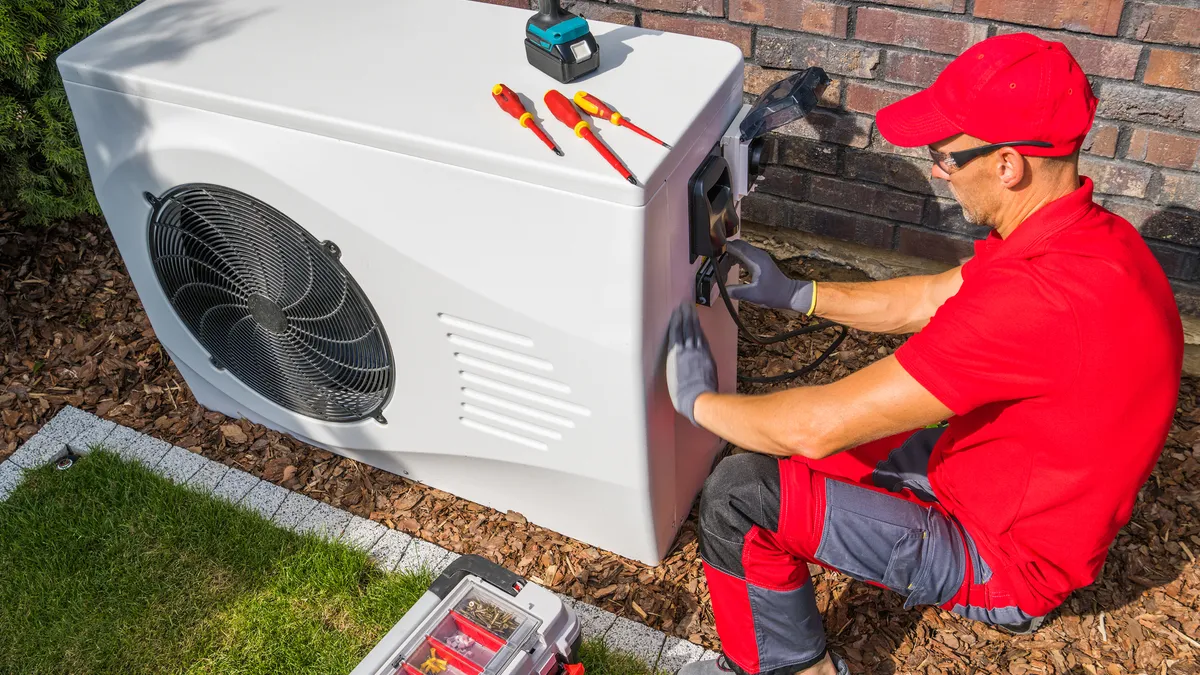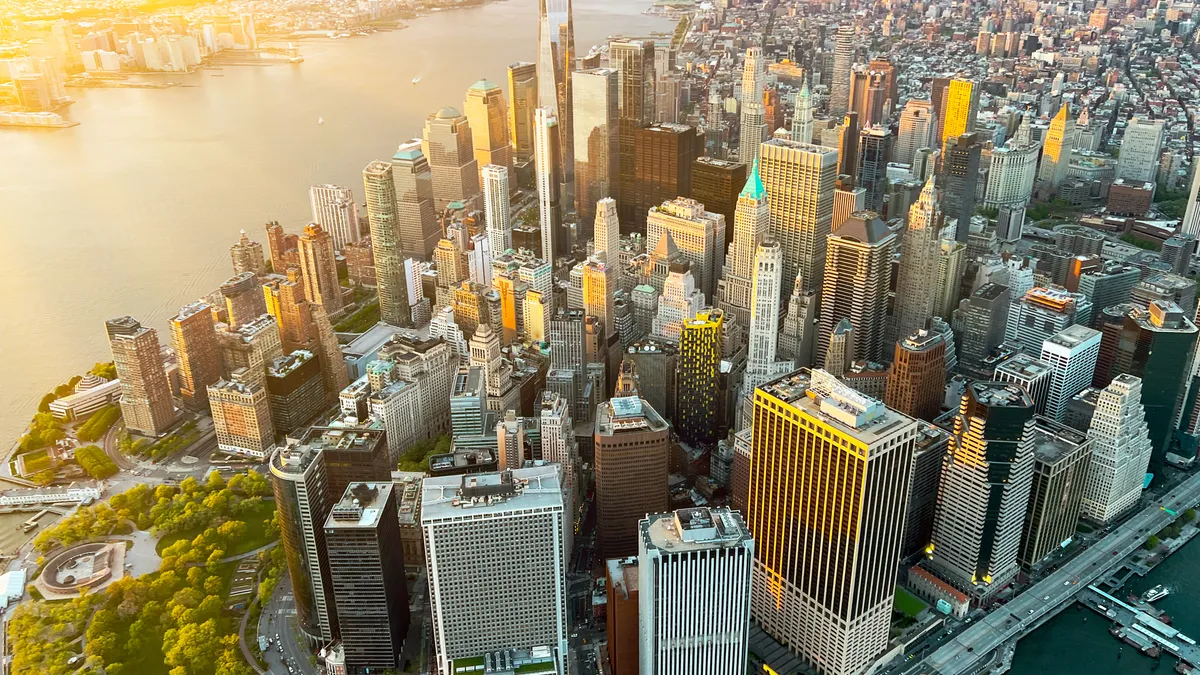Editor's Note: The following is a guest post from Steve Smith, founder and CEO of GeoComfort Geothermal Systems.
As climate change concerns dominate the global news cycle, the pressure is on for civic leaders to reduce their cities’ carbon footprint. Individual households are stepping up to the challenge as best they can, but how can municipalities join the movement and implement renewable energy systems?
Fortunately, cities can take direct, actionable steps to achieve true sustainability like so many other communities have in the last several years.
To start, municipalities must conduct a thorough, citywide analysis of existing buildings. Determining how these buildings use energy on heating, cooling, and electric influences the required adaptations to reduce power load (and ultimately achieve greater efficiency). The new system is then sized to post-adaptation energy requirements.
In new construction, state-of-the-art insulation should inform design to achieve maximum energy efficiency. The solar or geothermal energy system is then sized to the building’s power requirements.
In most cities, the source of energy is an investor-owned utility. By installing solar arrays, the city reduces demand from the grid while providing renewable energy to residents. The city can lease the solar arrays and ultimately own the energy after the term of the lease agreement.
Many third-party energy companies offer power purchase agreements to municipalities. When the private company benefits from renewable energy tax incentives, it passes the savings on to the municipality. Citizens benefit from an electric bill reduced by about 50% (and from ongoing reductions as production costs drop over time).
Sparsely populated rural environments are preferred for placement of wind turbine systems, as the noise of the turbines and visual impact can create aesthetically undesirable living conditions. Wind power from outlying areas can be routed to cities — but not without additional costs.
Designing for maximum energy efficiency and sustainability
If your city is ready to take the next step in sustainability, municipal leaders should observe the following basic design principles when planning their facilities:
1. Smart insulation: The first, most crucial step is to employ state-of-the-art insulation practices. Hire architects and mechanical engineers eager to challenge the old way of doing things. The materials and components available today are proven and reliable when designed into the building properly.
The U.S. Department of Energy says to improve efficiency and reduce cost, you must properly insulate. Bulky materials are resistant to heat flow in building cavities. Foam boards work by trapping air and other gasses to prevent conductive heat flow. And foil insulation reflects radiant heat away from living spaces, making it valuable in cooling climates.
2. Minimal building load: It’s crucial to be aware of and minimize the overall building load. This allows the use of smaller heating and cooling components, which lower installation and operating costs. With today’s technology, it’s easy to obtain an accurate load calculation for precise sizing of the heating and cooling system. An improperly sized system is susceptible to damage and can lead to fluctuating temperatures and compromised comfort.
3. Strategic design: When designing a new building, speed and cost-effectiveness are often primary influencing factors, but this can lead to poor decision-making. Building materials, insulation and window placement all influence the energy efficiency of new construction.
For example, solar panel windows should face no more than 30 degrees of true south. They should receive unobstructed sunlight during the winter heating season. For the rest of the year, they should be shaded to prevent overheating and damage.
4. Carefully chosen materials: Sustainability isn’t just about the energy efficiency of building materials; their longevity and carbon footprint must be considered, too. Choose materials that make an efficient use of resources to reduce overall environmental impact.
Local materials travel a shorter distance and therefore require less fuel for delivery. Recycled materials continue the usable life cycle of other resources, and bio-based building materials break down when no longer in use. Sustainable builders in Europe employ a strategic design process that incorporates all these considerations.
The road ahead
We’re obligated as a society to care for the environment we live, work, and play in. Thoughtful city planning, building design, and construction are but a few facets of that responsibility. Adopting new practices in these areas requires thought and effort, but the reward is higher standards of living for all. The map has been drawn; we simply need to follow the path.


